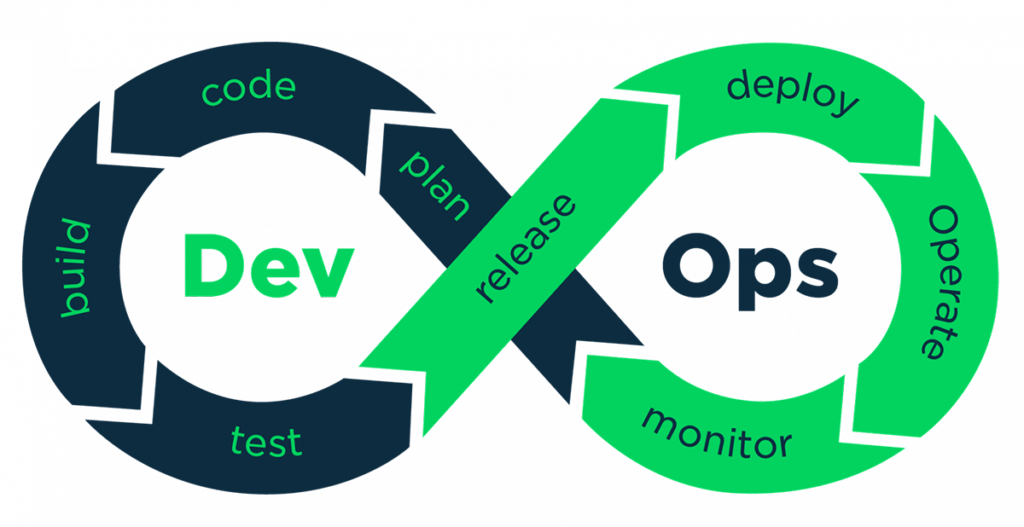
As social distancing and work from home restrictions were put in place, cloud computing took the spotlight for many organizations. Those who were already remote, with fully operational cloud services were able to transition relatively smoothly.
Meanwhile, those that still relied on on-premises infrastructure or who were in the middle of migrating were forced to scramble. Suddenly setting up remote access for hundreds or even thousands of employees is no easy task.
Without the scalability of the cloud, some organizations do not have the bandwidth needed to accommodate so many connections. This does not mean that cloud infrastructure is not having its limits tested, however.
Fortunately, Kubernetes entered the picture, filling the gaps and extending cloud and on-premise capabilities. Kubernetes enables organizations to improve their scalability and modularity, as well as provides the controls needed to reproduce environments.
The COVID-19 pandemic is pushing modern computing infrastructure to the limits
In addition to working from home, COVID-19 has confined nearly all activities. As a result, the number of people turning to Internet-based services for news, entertainment, socialization, and sanity has spiked like never before.
The demand for cloud-based services has risen so much that many providers have had to place caps on their services. For example, Netflix and Amazon Prime both placed quality limits on their streaming services to help ensure that all users could be served.
Luckily, the larger network providers already had redundancies and options for scalability in place. What was planned for short term increases, for example during Black Friday or Cyber Monday sales, has been leveraged to support increased traffic for months.
The role of DevOps during COVID-19

In particular, development and operations teams have been tested during the current pandemic. These teams are responsible for developing and maintaining the software and infrastructure that cloud-based services rely on. For these teams, the efficiency of their existing systems and pipelines has played a significant role in how well services have been able to support increasing demand.
If teams were already operating smoothly with a DevOps strategy, scaling to meet rising needs is fairly straightforward. The automation and agile practices that DevOps teams use ease adaptation. Additionally, those teams using microservices, were able to begin scaling up right away. Microservices do not need to be redesigned to work at scale and are dependent only on the limitations of network infrastructure.
Due to these advantages, the success of many cloud-based services has been in large part due to their DevOps teams and tooling. In particular, microservices and container tooling such as Kubernetes.
What is Kubernetes?
Kubernetes is an open-source container orchestration that teams use to automate and manage microservice deployments. It enables you to leverage a highly resilient, self-healing, distributed infrastructure that can be updated with zero downtime and scaled as needed. You can run Kubernetes in nearly any environment, including on-premises, in the cloud, or in hybrid architectures.

While some organizations operate Kubernetes on their own, you can also leverage Kubernetes as a Service (KaaS) solutions. These are solutions provided by third parties and enable you to take advantage of microservices even if you do not have a team to manage or deploy containers. The ease of access provided by these third party services helps many organizations continue smooth operations in times of high traffic, such as the COVID-19 bursts.
Kubernetes for IT: high-level overview
For those organizations already using Kubernetes, the decision to implement the platform is one they may be patting themselves on the back for. For other organizations, the current pandemic may be an eye-opener. These organizations may now be looking for a better solution to operations in the future. For the latter, the following benefits of Kubernetes should be appealing.
Improved scalability
Kuberenetes enables you to easily distribute workloads across clustered resources. Additionally, since infrastructure and deployments are automated, duplicate resources are deployed or destroyed until resource requirements are met. This enables you to scale up or down as needed.
Modularity
Kubernetes provides the abstraction needed for microservices. After an application is broken down into component services, those services must be connected together to provide functionality. Kubernetes provides this connectivity. With this in place, teams can update, scale, or reuse individual services as needed.
Powerful deployment options
You can use Kubernetes for a range of flexible deployments, including across infrastructure types. For example, you can easily use the platform to perform canary, blue-green, or A/B deployments. These enable you to release multiple versions of your service at once for testing or gradual rollout.
Ability to reproduce environments
Kubernetes uses infrastructure as code (IaC), enabling you to define your deployments as text. This enables you to easily duplicate, modify, or reinitialize environments with minimal effort and simplified versioning.
Visibility
Built-in monitoring and centralized configuration information provide visibility over complex deployments. You can use the Kubernetes dashboard to visualize the status of your containers and clusters and quickly identify bottlenecks or issues. This can help you improve security and increase availability.
Kubernetes is the silent engine behind COVID-19 scalability
In 2020, almost anyone who is scaling up is doing it with Kubernetes. Whether it’s telecom providers running modern containerized network components, cloud providers managing their own virtual machines, or enterprises running large workloads across multiple public clouds. Everything is running in containers (mainly Docker), and managed by Kubernetes.
If it wasn’t for Kubernetes, we could still scale up to adapt to the needs of COVID-19. But undoubtedly, Kubernetes is the single biggest technological player contributing to seamless scalability and impressive uptime we have seen during this unprecedented crisis. Amazon, Microsoft and Google provide the hardware and management infrastructure—while Kubernetes runs the show behind the scenes.




